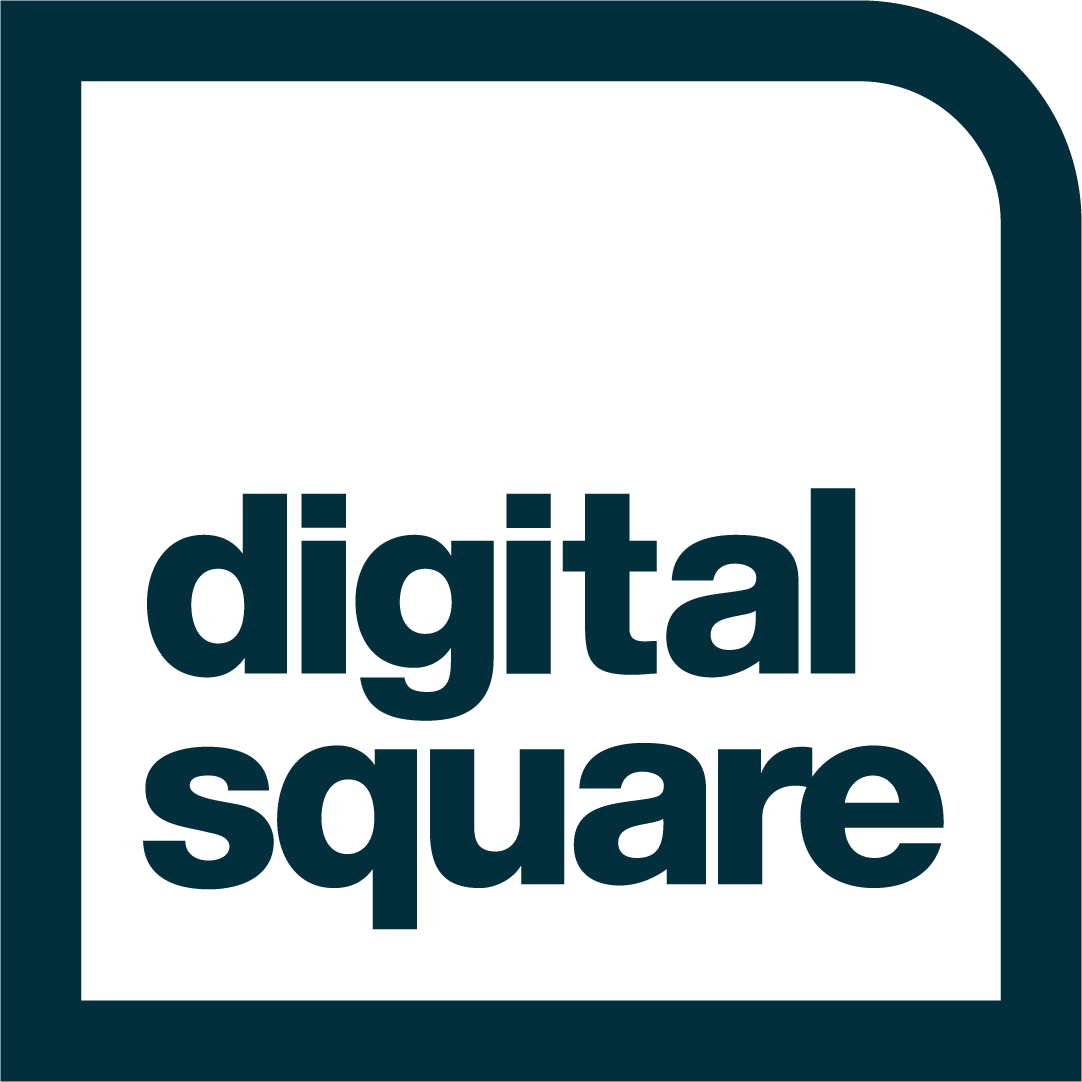Population Services International (PSI) would like to partner with technology firm BAO Systems and the University of Oslo (UiO) to develop a
connector between Power BI, Microsoft’s suite of business analytic tools, and DHIS2. The connector will enable non-technical users to easily
share data between DHIS2 and Power BI in order to visualize and compare vital information from multiple data sources. Power BI allows
health program managers to affordably and quickly generate dynamic infographics that better communicate data, thereby informing health
program strategy and improving health outcomes.
Currently, a user must manually import DHIS2 data into Power BI (e.g., through a data dump into an Excel spreadsheet). This barrier to use
has not, however, stopped non-profits from turning to Power BI as a business intelligence (BI) solution. According to a 2017 NGO Software
Tool Survey from Humentum , in which 70 organizations participated, Power BI was used by 31 organizations, compared to just 4
organizations in 2015 (“2017 Software Tool Survey for the Non-Profit Community,” Humentum, December 2017. Page 6.). Power BI is used
by 200,000+ organizations and 5+ million unique users worldwide.
Power BI’s main competitor, Tableau, already offers a connector to DHIS2. BAO Systems was the developer of this initial Tableau
connector. It is a disservice to the DHIS2 community that there is still not connector for Power BI because Power BI is free (non-profit
E1 license ). Without charge , a non-profit can have the entire suite of Office 365 tools, including Power BI. As a comparison, even
with Tableau’s non-profit discounts , the cost per user is between $35/user/month and $70/user/month
(https://www.tableau.com/pricing ). Health organizations and ministries of health should not have to pay Tableau hundreds of dollars more for
their service just because Tableau has a DHIS2 connector and Power BI does not.
The most important reason for an organization to use a BI tool is to compare different data sources. DHIS2 has already demonstrated, in over 60
countries and over 40 organizations, what impact accessible health data can have. With Power BI, organizations can overlay this wealth of data
in DHIS2 with hundreds of other data sources. Power BI already connects to platforms like Salesforce and QuickBooks. In addition, Power BI
users can also choose to upload other comparative data sources that could be useful to see against DHIS2 data, including enterprise resource
planning (ERP) software, World Bank Open Data, climate information, and social media. The ability to easily compare different data sets to
DHIS2 creates the possibility to see new connections that would otherwise not be apparent. A tool like Power BI enables health organizations
to gain a more in-depth, holistic understanding of their programs, better equipping practitioners to target resources and save lives.
PSI and BAO Systems are committed to data accessibility beyond platform silos. Per the Global Goods Maturity Model, this Power BI
connector promotes interoperability and data accessibility. This Power BI connector would join other similar connectors to DHIS2 that BAO
Systems has built. Those connectors include the aforementioned Tableau connector and also a connector to the data collection
platform KoBo Toolbox. This suite of collectors together promote data accessibility and push the DHIS2 community towards software
objectives set by the Global Goods Maturity Model.
Submitted by Caitlin Bowman (Digital Square) (Digital Square at PATH) on Mon, 03/09/2020 - 14:35
Last revised by Digital Square on Tue, 03/10/2020 - 05:38.
Final Proposal:
Application Status:
Approved - fully funded

